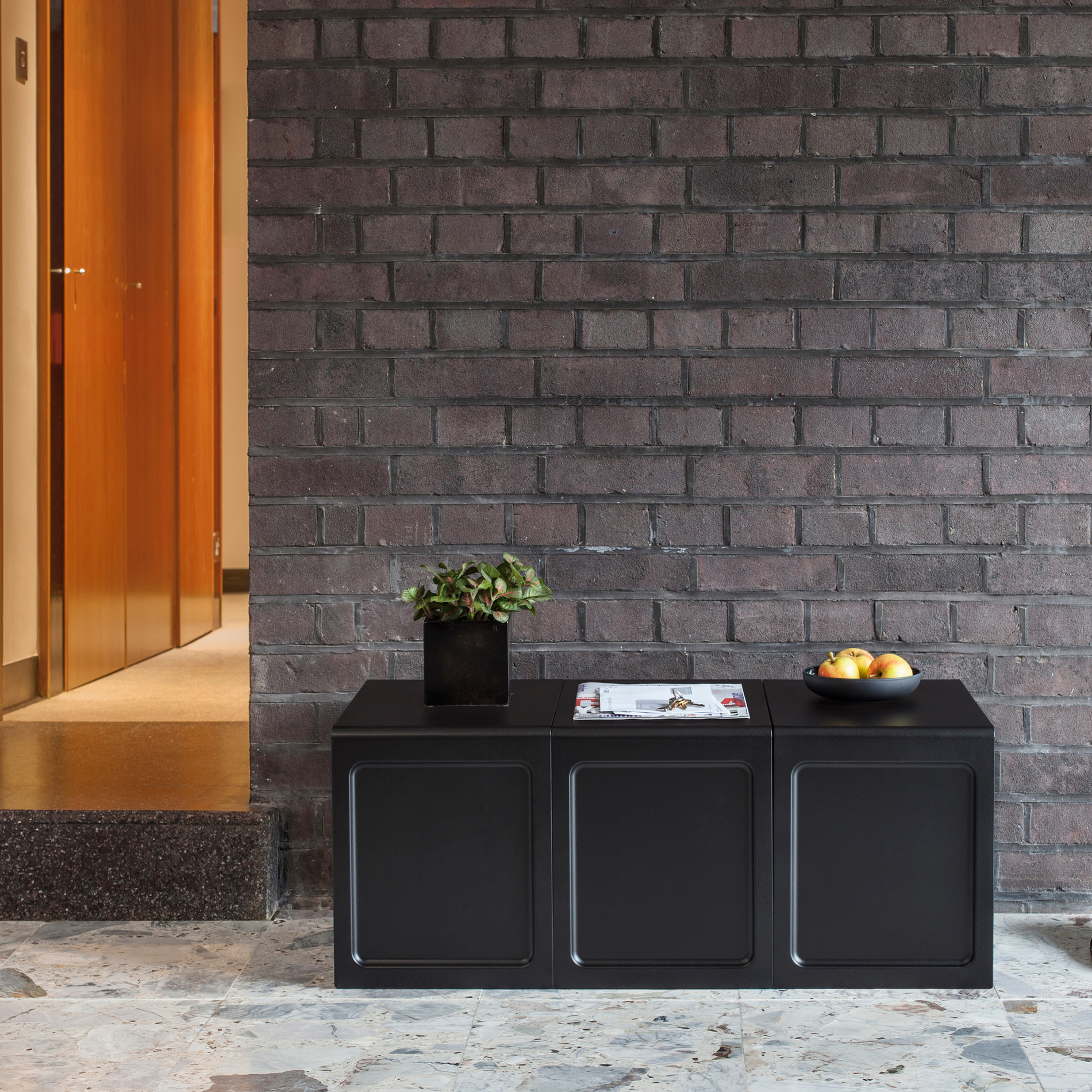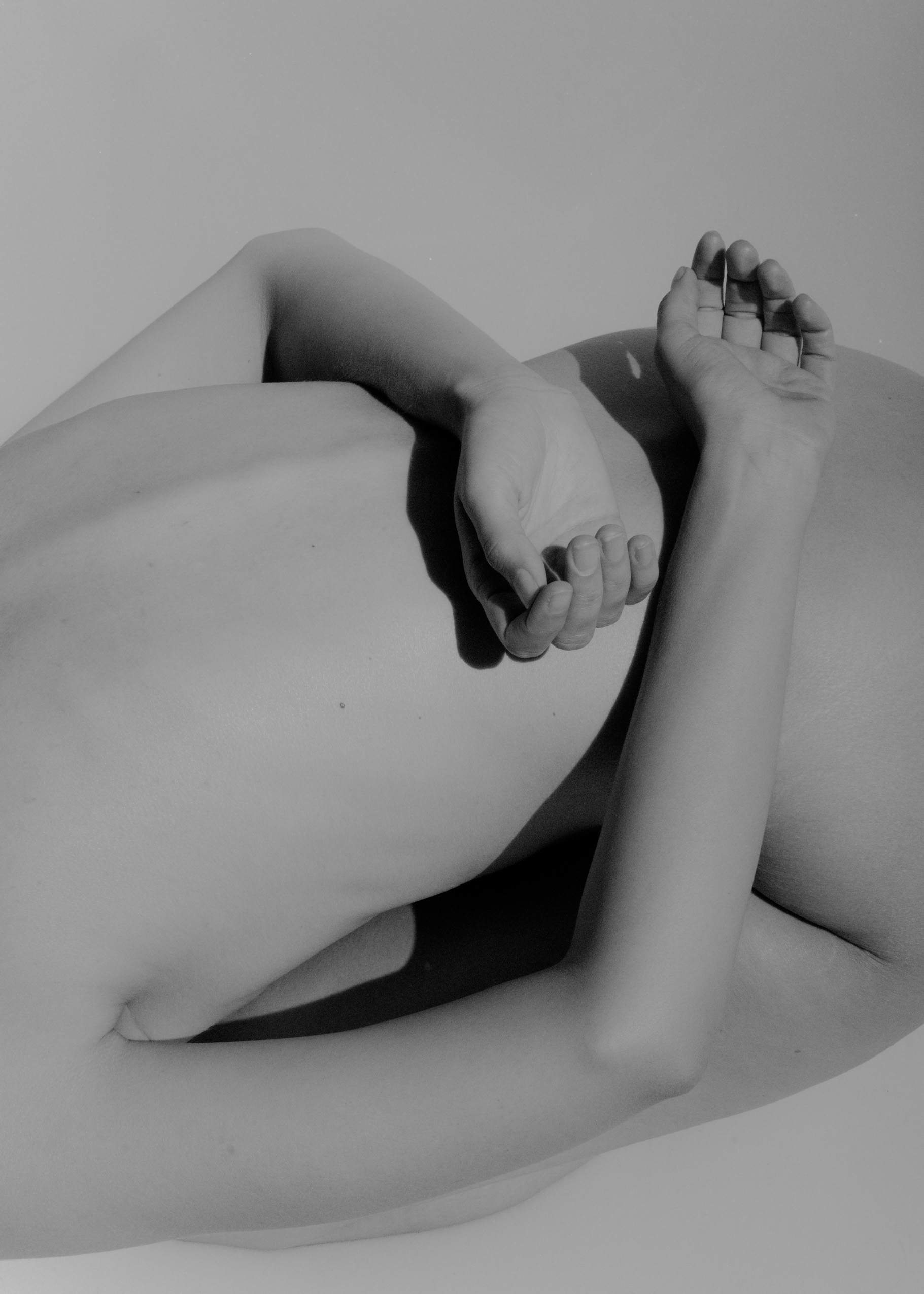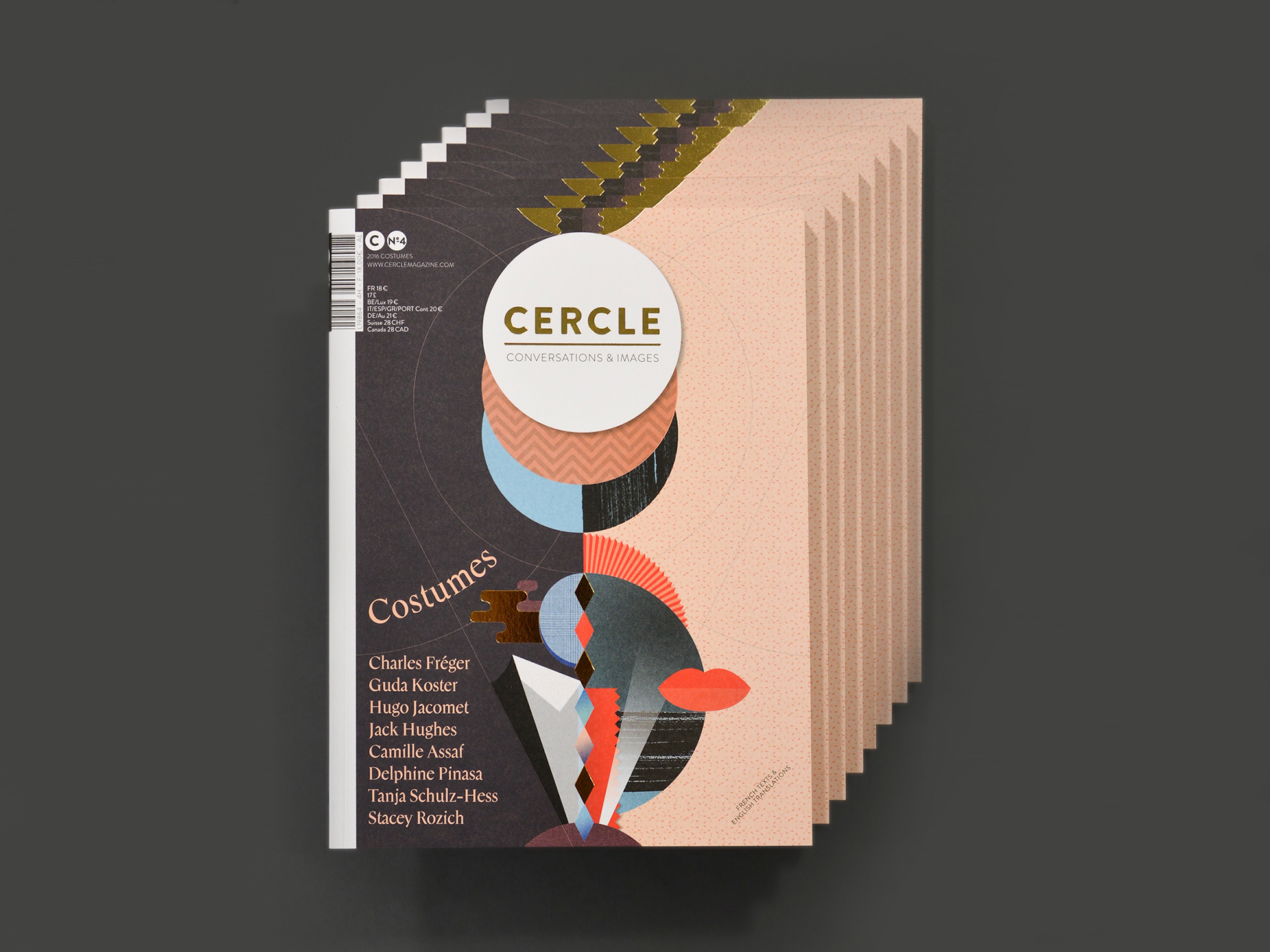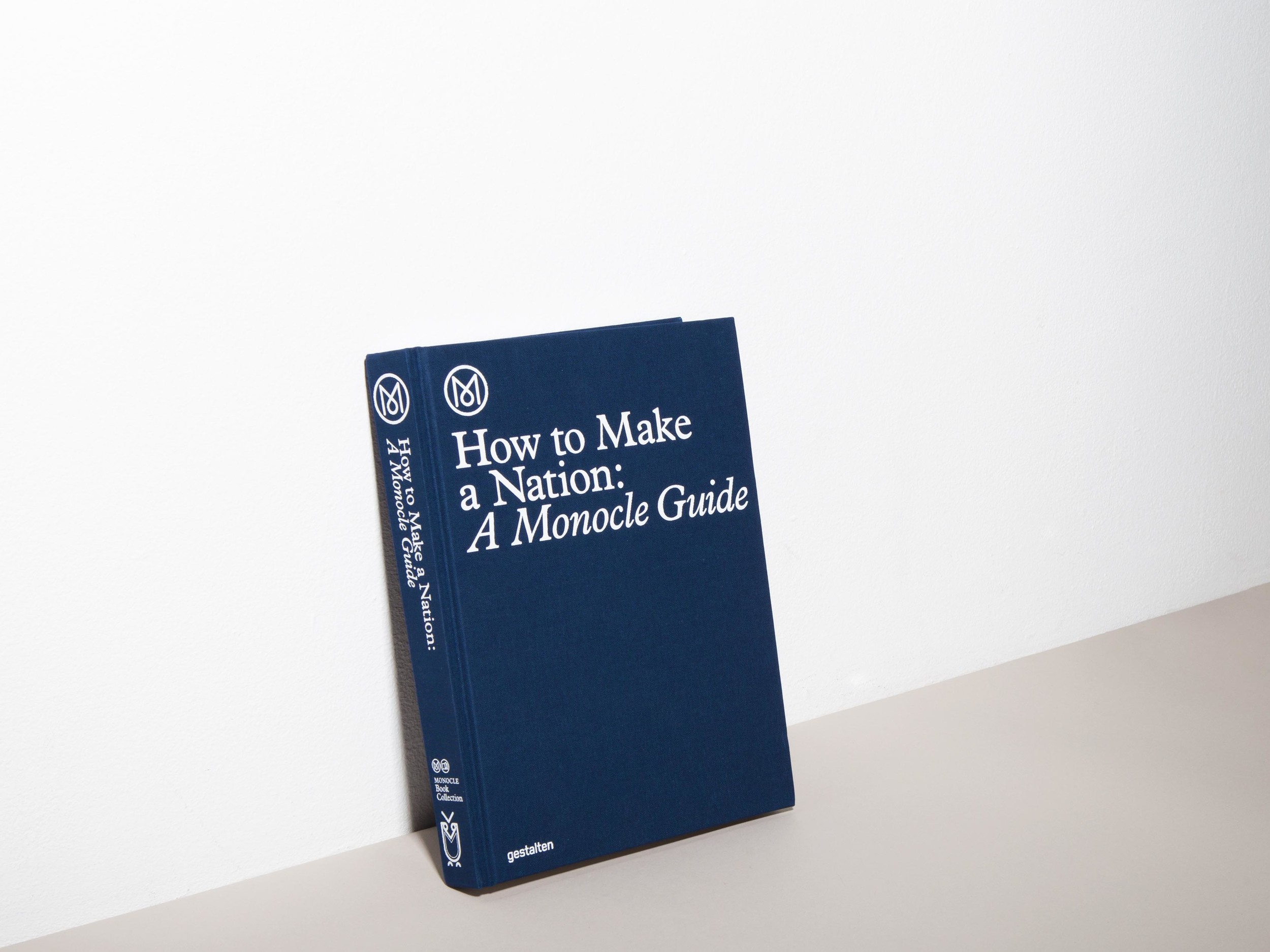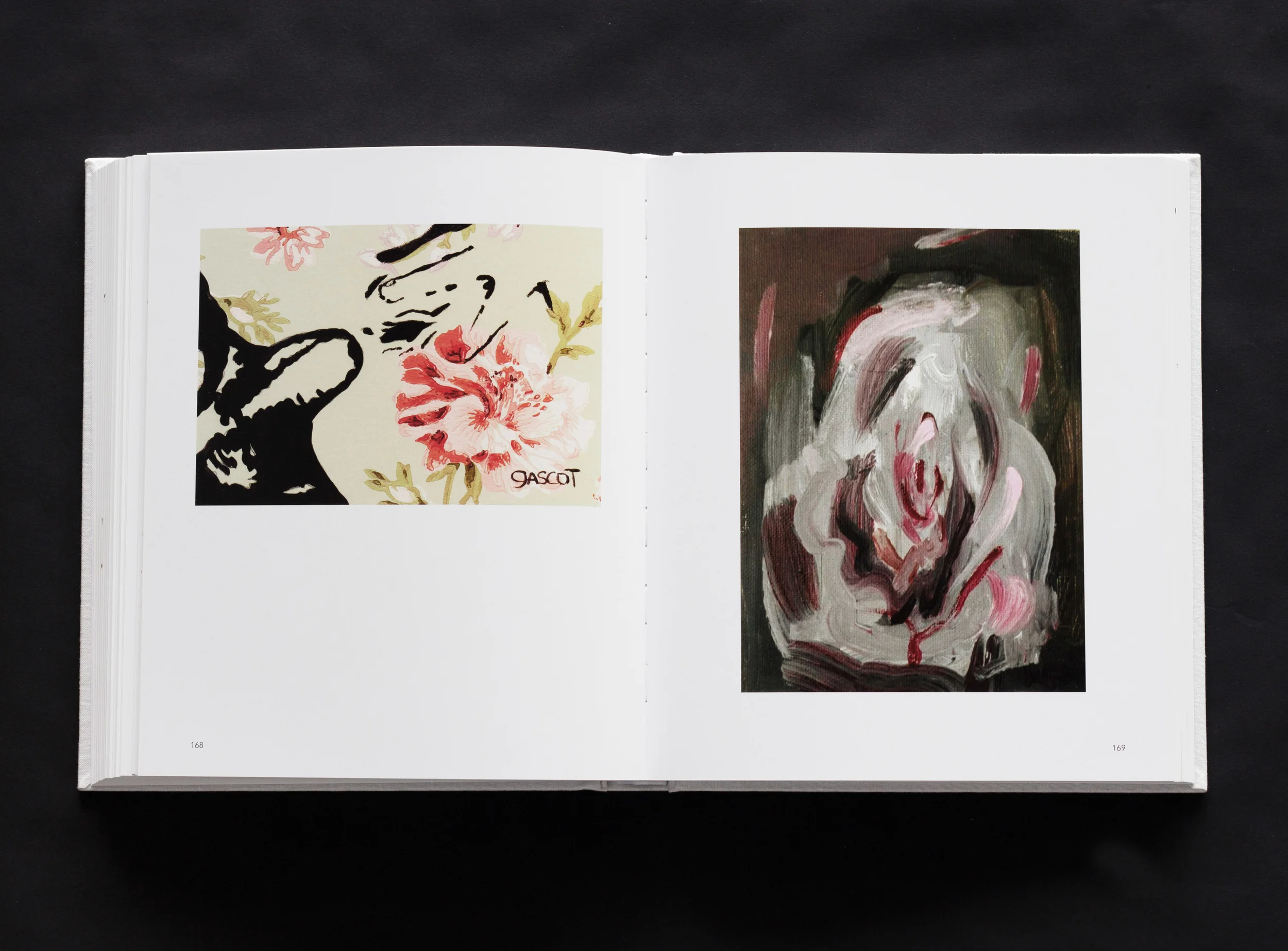ELDORADO – Exceptional Travel Experiences
Alex Rückheim
Our friends from Barcelona-based Folch Studio have launched a new editorial project dubbed Eldorado – a printed publication that portrays travel experiences and exceptional adventures, seeking to capture the feelings and sensations involved in the journeys.
As a collective of passionate creatives and inspired outdoors lovers, Eldorado is a beautiful publication that works almost like a shared travel diary, a collective memory from travellers who set off to explore and rediscover nature and its wonders.
“With a strong aesthetic approach and a long-form narrative storytelling, we craft stories that tell every aspect of the journey − even the most intimate and personal − inspire people and remember everyone that you can find amazing experiences simply by getting out of your daily comforts.”
Eldorado Volume One aims at capture the sensations of eleven adventurers, from sliding down smoking mountains on a unicycle; and seeing the majestic spectacle of water shaping the Icelandic landscape; to rediscovering the primitive treasures of Galápagos; being a diver traveling only across Ocean waters; and travelling one year alone with your bike across endless Asia.









